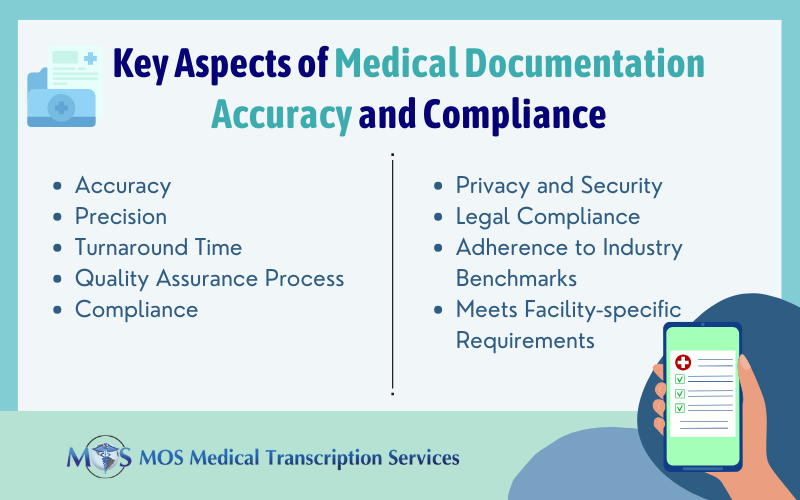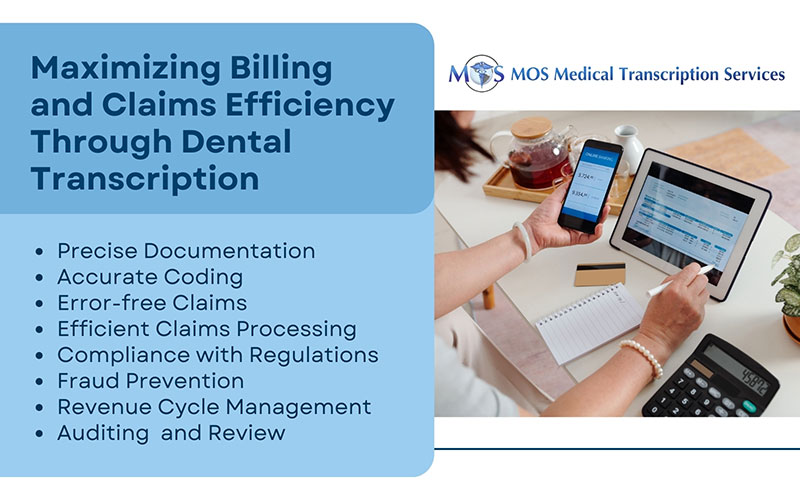 Medical transcription services help physicians to document patient care accurately and in a timely manner. Medical records help physicians to provide quality care by tracking the patient’s medical history and identifying issues or patterns that could help decide the treatment to be administered. Patient records can function as a powerful tool in the health care scenario only if they are complete and accurate, and it is up to the physician to ensure this.
Medical transcription services help physicians to document patient care accurately and in a timely manner. Medical records help physicians to provide quality care by tracking the patient’s medical history and identifying issues or patterns that could help decide the treatment to be administered. Patient records can function as a powerful tool in the health care scenario only if they are complete and accurate, and it is up to the physician to ensure this.
Errors in medical records could negatively impact patient care with serious consequences. Failure to maintain accurate medical charts records would also pose a barrier to the physician’s defense in the event of malpractice litigation. When a legal case is filed, an independent medical consultant will review the relevant medical documentation to see if the physician had provided proper care or was negligent. The services of a reliable medical transcription company can prove invaluable in this context. Professional service providers have teams of trained and experienced medical transcriptionists that can ensure that patient charts, progress reports, doctors’ notes and more are accurately transcribed and delivered in quick turnaround time.
Here are some useful guidelines provided by the MIEC (Medical Insurance Exchange of California)Loss Prevention Department to help physicians maintain accurate and comprehensive medical records to support patient care and protect their own reputation.
- Use an electronic medical record (EMR) that meets physician practice management and documentation needs. Computerized medical records should ensure good documentation.
- Ensure that medical charts are well organized and neatly maintained and contain relevant documents and date such as progress notes,lab reports, correspondence, copies of hospital reports and other materials. Each page of the record should have the patient’s name/identifier.
- Progress notes should begin with the reason for the patient’s office visit, with the chief complaint recorded in the patient’s own words
- Allergies or lack of them, current medications and names of other treating physicians should be clearly charted and highlighted. The conditions and medications being managed by other treating physicians should be included.
- Including an up-to-date problem list highlighting any serious medical conditions that the patient has would be useful to enhance communication among co-treating physicians.
- All chart entries should be signed by the treating physicians and staff notes should indicate that the medical instructions given to the patient came from the doctor.
- All prescription medications and renewals should be charted and all details of physical exam findings should be mentioned in the progress notes.
- Phone calls and referral notes need to be documented.
- Physicians need to document informed consent discussions
- They should give evidence in the chart about patient education dispensed and also carefully document any failure on the patient’s part to follow medical advice.
- Progress notes should include return visit advice as well as failed or cancelled appointments.
Partnering with an established HIPAA-compliant medical transcription company would go a long way in ensuring complete, accurate and secure medical records that fulfil legal and regulatory requirements and contribute to comprehensive and high quality patient care.


